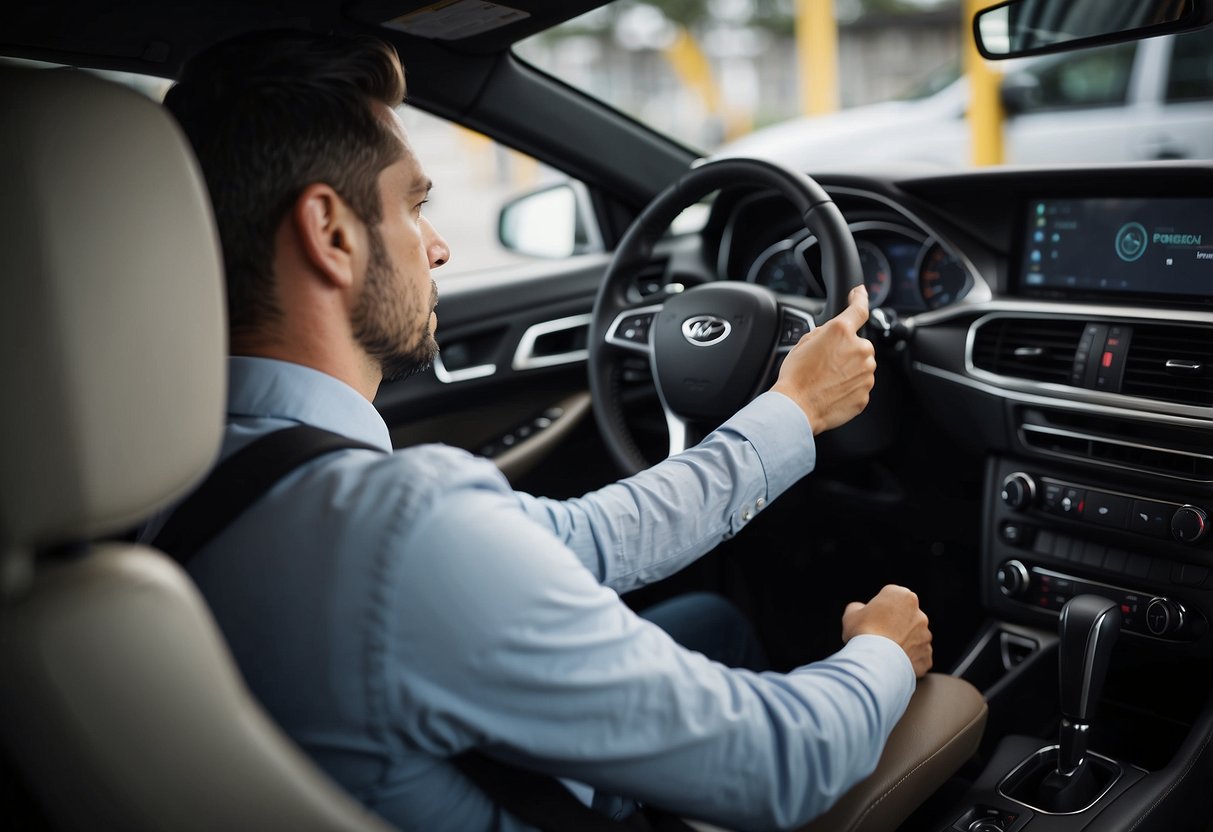
Passive Safety Features
Modern car safety has evolved significantly, emphasizing passive safety features designed to protect occupants during collisions. Among the most crucial are airbag systems, crumple zones, seatbelt mechanics, and child safety systems.
Airbag Systems
Airbag systems are essential components in mitigating injury during crashes. They deploy within milliseconds of impact, cushioning the occupants from force by creating a buffer zone. Advanced airbags now adjust their deployment force based on the severity of the crash and the occupant’s size, weight, and seating position, providing tailored protection.
Front airbags protect the head and torso in frontal collisions, while side airbags shield the chest and pelvis during side impacts. Curtain airbags safeguard occupants’ heads and reduce the risk of ejection in rollovers. Kneel airbags prevent leg injuries by cushioning knees against potential impact points, such as the dashboard. Continuous innovation ensures airbags are increasingly effective, reducing fatalities and severe injuries considerably.
Crumple Zones
Crumple zones are designed to absorb and dissipate energy during a collision, minimizing the force transferred to the cabin where occupants reside. They are strategically located at the front and rear of vehicles. By deforming in a controlled manner, these zones slow down the deceleration rate experienced by passengers, reducing the likelihood of injury.
Engineers use high-strength materials that bend predictably under impact, maintaining structural integrity elsewhere. This controlled deformation ensures that the brunt of the crash energy is absorbed, sparing occupants from much of the shock. Some vehicles integrate advanced crumple zone designs that optimize protection for both front and side impacts, further enhancing safety.
Seatbelt Mechanics
Seatbelts are fundamental in securing occupants in place, preventing ejection, and reducing movement during crashes. Modern seatbelt systems feature pre-tensioners that tighten upon collision detection, coupled with load limiters to reduce chest injury by allowing slight, controlled slack when necessary. This combination optimizes restraint without exerting excessive force on the body.
Three-point seatbelts are standard, offering better protection than two-point systems. They distribute forces across the chest, pelvis, and shoulders, minimizing injury-risk areas. Some vehicles also include inflatable seatbelts, which spread crash forces more broadly across the torso, reducing localized pressure points. The constant evolution of seatbelt design ensures better adaptability and enhanced occupant safety.
Child Safety Systems
Child safety systems are specially designed to protect younger passengers. Properly installed child car seats and booster seats significantly reduce the risk of injury. These seats are engineered to accommodate the size and weight of children, providing a snug fit that regular adult seatbelts can’t offer.
Isofix and LATCH systems facilitate secure installation, reducing the chances of incorrect fitting, which is a common issue with traditional seatbelts. Advanced child safety seats now include features such as side-impact protection, adjustable harness heights, and energy-absorbing foam, all tailored to shield children during impacts effectively. The innovation in this area aims to provide maximum security for the most vulnerable passengers.



